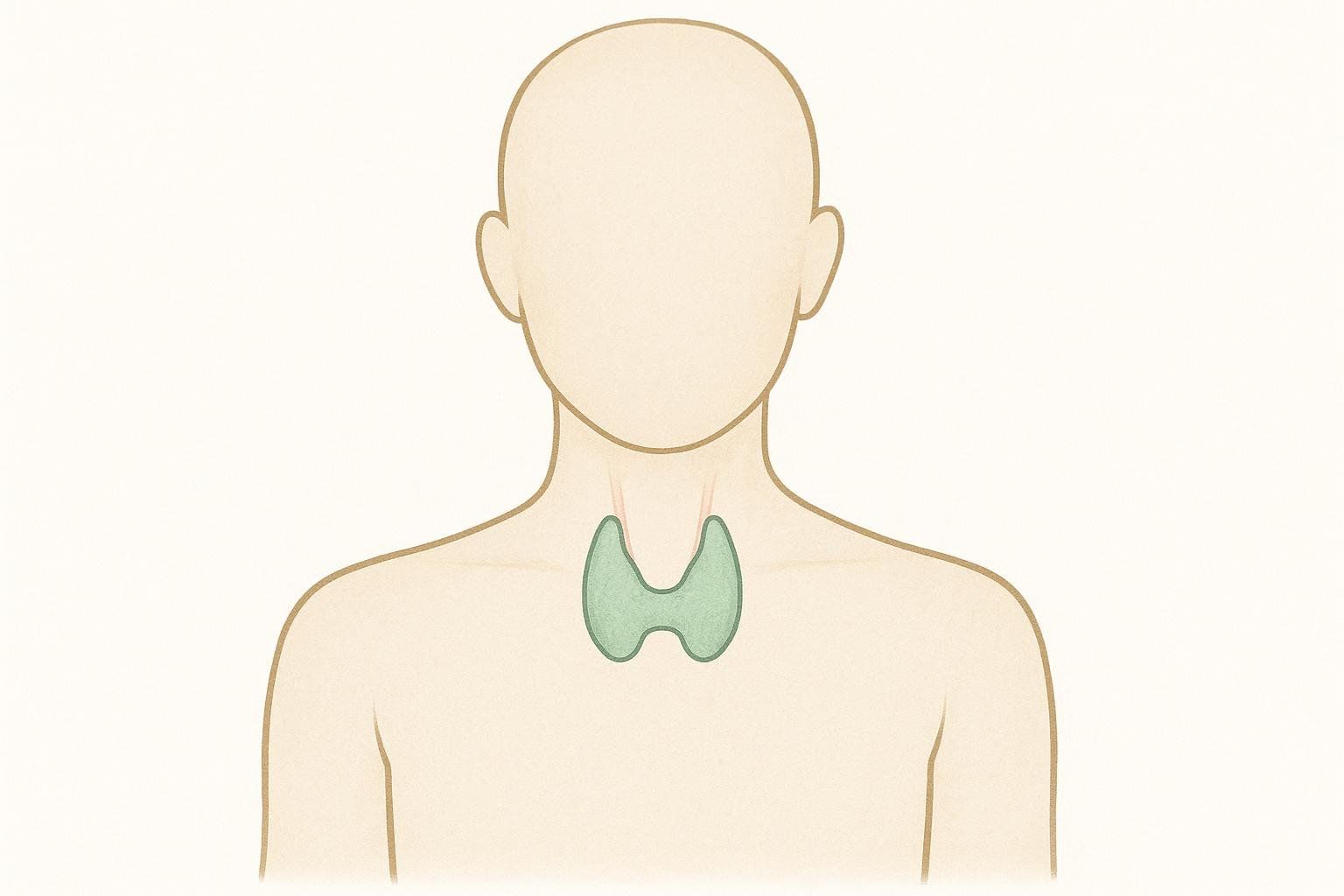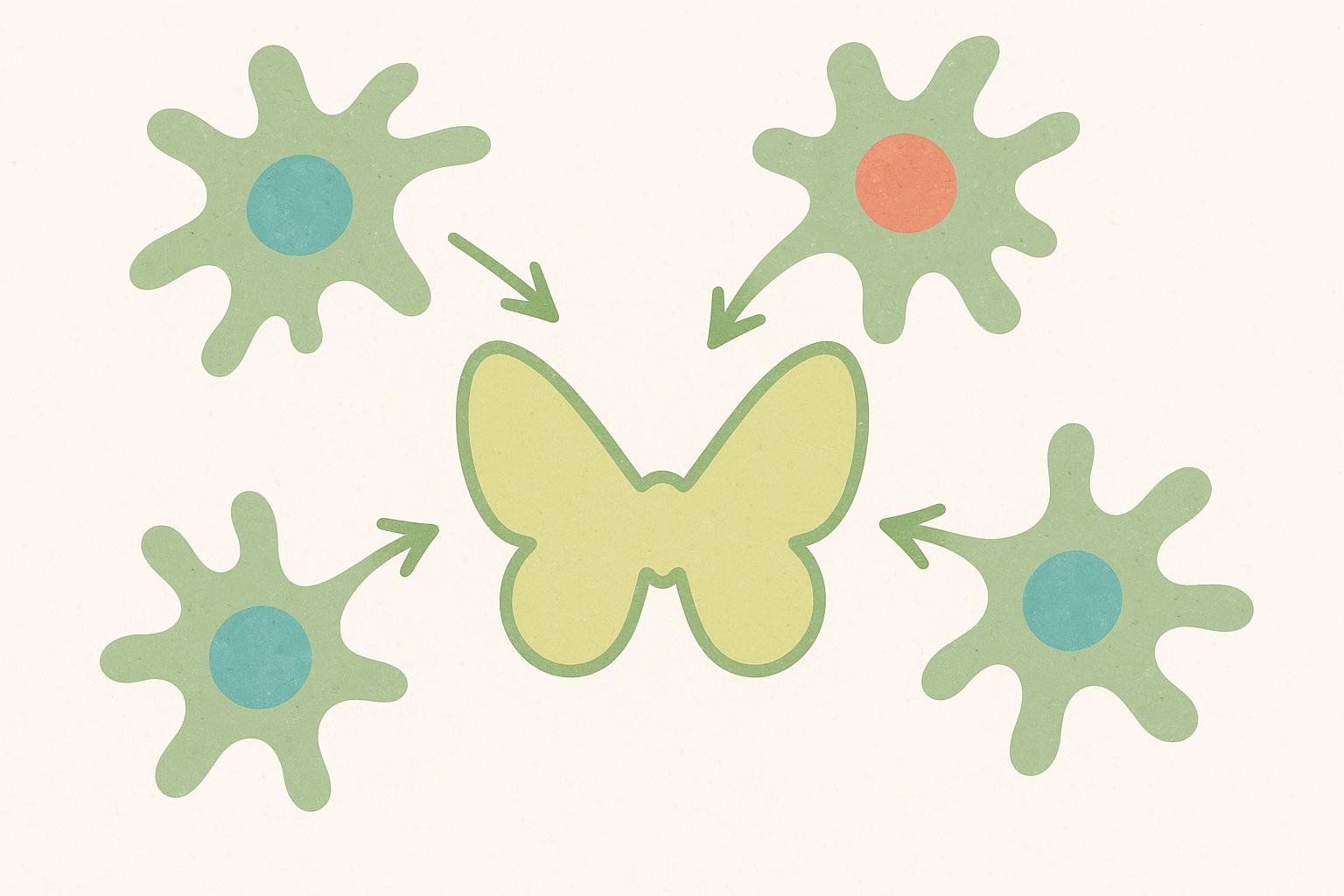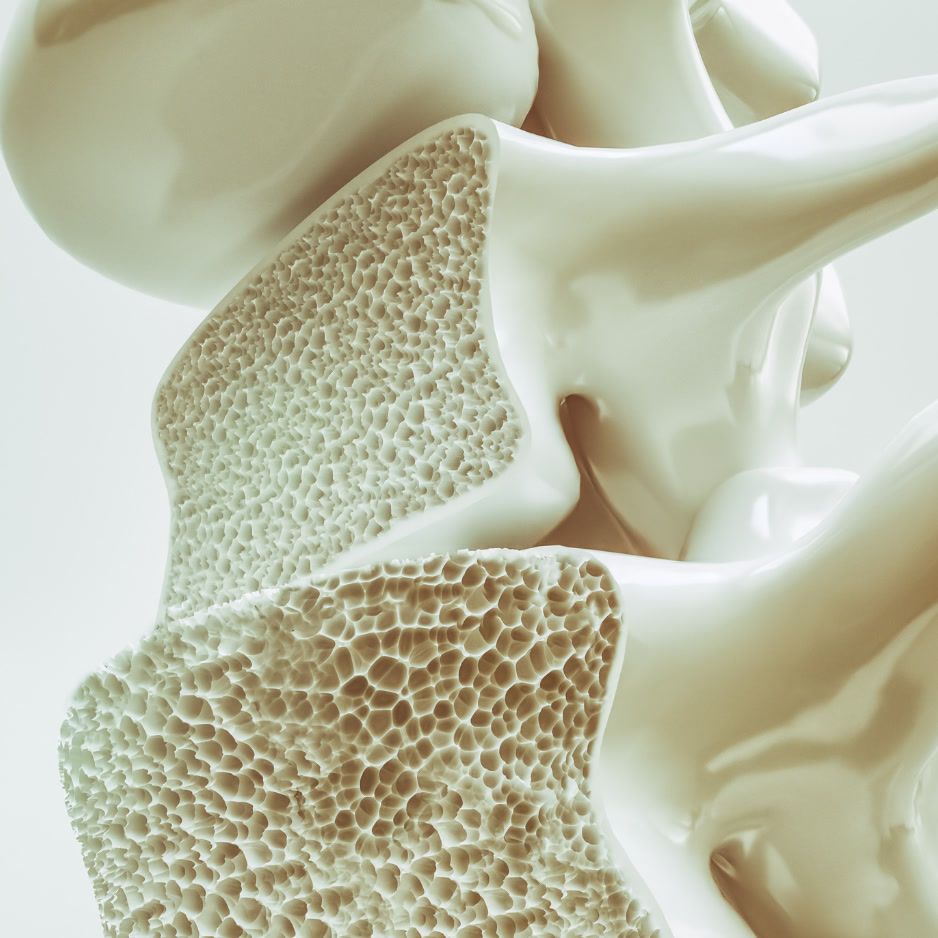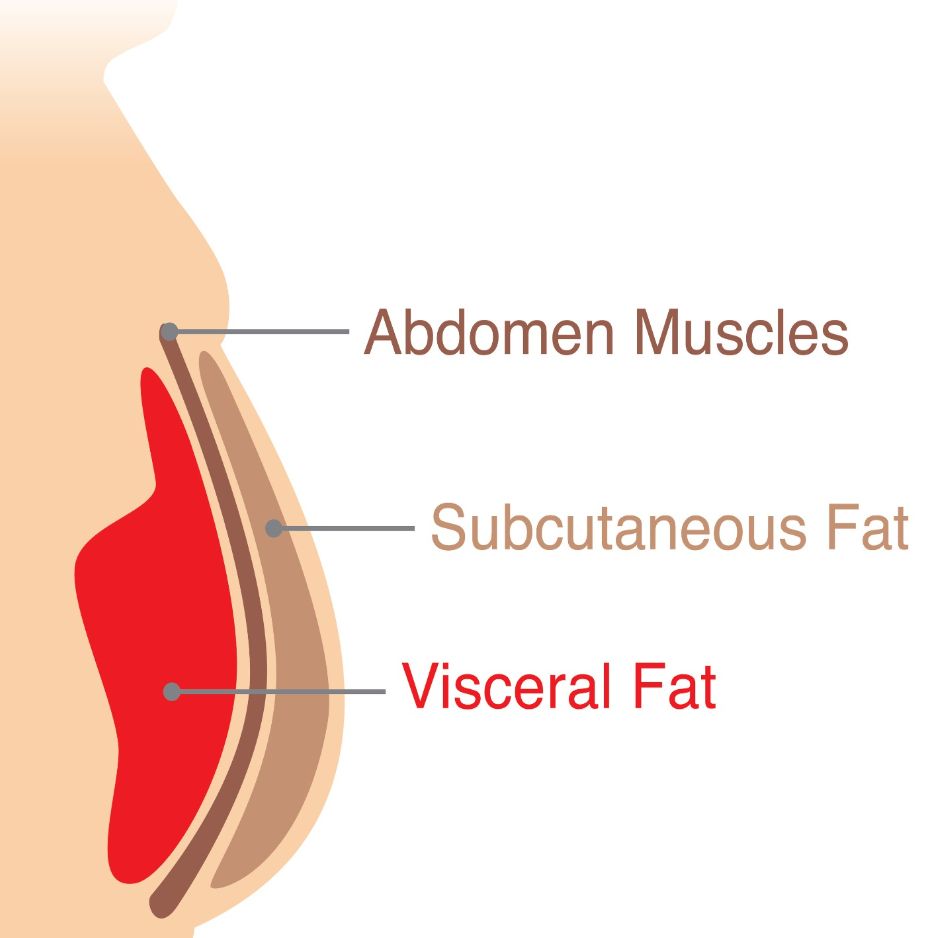Hyper vs. Hypo Thyroid: Symptoms, Causes & Treatment

Hyper vs. Hypo Thyroid: Symptoms, Causes & Treatment
Last updated September 2025
TL;DR
• Hyperthyroidism sends your metabolism into overdrive; hypothyroidism puts it in low-power mode.
• Weight loss + rapid pulse usually signals hyper; weight gain + fatigue suggests hypo.
• A simple blood test—TSH plus free T4—confirms the diagnosis, and an accurate diagnosis is critical because the medications work in opposite ways.
Quick-Look Comparison
| Hyperthyroidism (Overactive) | Hypothyroidism (Underactive) | |
|---|---|---|
| Hallmark weight change | Unexplained weight loss despite normal or increased appetite | Unexplained weight gain or difficulty losing weight |
| Energy levels | Jittery, anxious, trouble sleeping | Sluggish, fatigued, “brain fog” |
| Heart rate | Fast (> 100 bpm), palpitations | Slow (< 60 bpm) |
| Temperature tolerance | Heat intolerance, excessive sweating | Cold intolerance, feeling chilled |
| Key labs | TSH ↓, Free T4 ↑ | TSH ↑, Free T4 ↓ |
| First-line meds | Antithyroid drugs or radioactive iodine | Levothyroxine (synthetic T4) |
A single symptom rarely tells the whole story; review the patterns below or talk with your clinician for an accurate picture.
Understanding the Thyroid Gland's Role

This butterfly-shaped gland at the front of your neck pumps out triiodothyronine (T3) and thyroxine (T4) —hormones that dictate how fast or slow virtually every cell works. When levels stray, your metabolism, heart, brain, and even bones notice.
The pituitary gland plays referee by releasing thyroid-stimulating hormone (TSH). In a perfect loop, high T4 tells the pituitary to dial TSH down, and low T4 tells it to crank TSH up. When that loop breaks, you land in either hyper- or hypothyroid territory.
Spot the Pattern: Self-Check Your Symptoms
Ask yourself which column describes you more often over the past month:
| Symptom Cluster | Hyperthyroidism | Hypothyroidism |
|---|---|---|
| Weight | Losing weight without trying | Gaining weight or unable to lose |
| Mood | Anxious, irritable, restless | Low mood, forgetful, “foggy” |
| Sleep | Insomnia, racing thoughts | Excessive sleepiness, naps |
| Heart | Pounding or fast heartbeat | Slow pulse, low exercise tolerance |
| Skin & Hair | Warm, sweaty skin; thinning hair | Dry skin; brittle hair, hair loss |
| Digestion | Frequent bowel movements | Constipation |
| Menstrual Cycle | Lighter or less frequent periods | Heavier or irregular periods |
A “mostly hyper” or “mostly hypo” tally is a cue—not a diagnosis—to request lab work.
Deeper Dive: How Symptoms Feel Day-to-Day
Hyperthyroidism

- Racing pulse: Resting heart rate can climb above 100 bpm and may feel like an espresso overload.
- Rapid metabolism: Unexplained weight loss occurs even when appetite is normal or increased.
- Mental state: Anxiety, irritability, and insomnia are common.
- Body clues: Hand tremors, frequent bowel movements, heat rash, thinning hair, and sometimes eye bulging (Graves’ ophthalmopathy).
Hypothyroidism

- Persistent fatigue: Even long nights of sleep can leave you craving an afternoon nap.
- Slowed metabolism: Rising LDL cholesterol and stubborn weight gain are frequent complaints.
- Mental state: Depression, sluggish thinking, and memory lapses may develop.
- Body clues: Dry skin, hair loss, puffy face, constipation, heavy periods, and a hoarse voice.
Tip: Track symptoms in a notes app and bring the list to your appointment—it speeds up diagnosis.

Lab Reference Ranges (Adults)
| Test | Normal Range* | Hyperthyroid Pattern | Hypothyroid Pattern |
|---|---|---|---|
| TSH | 0.4–4.0 mIU/L (American Thyroid Association patient information) | ↓ (< 0.4) | ↑ (> 4.0) |
| Free T4 | 0.8–1.8 ng/dL | ↑ | ↓ |
| Free T3 | 2.3–4.2 pg/mL | ↑ | Normal or low |
Ranges vary by lab; always use the reference interval printed on your report.
Common Causes & Risk Factors

| Factor | Hyperthyroidism | Hypothyroidism |
|---|---|---|
| Autoimmune | Graves’ disease (70–80%) (American Thyroid Association) | Hashimoto’s thyroiditis |
| Iodine intake | Excess iodine—seaweed, amiodarone | Iodine deficiency (rare in U.S.) |
| Medications | High-dose thyroid hormone, certain contrast dyes | Lithium, amiodarone |
| Life stage | Post-partum thyroiditis | Menopause, aging |
| Family history | Thyroid or other autoimmune disease | Thyroid or other autoimmune disease |
Women are 5–8 × more likely than men to develop any thyroid disease (American Heart Association citing ATA data).
Diagnosis & Management: Two Key Steps
1. Diagnosis
- Start with a TSH test.
- If TSH is below 0.4 mIU/L, your doctor will order a Free T4 test (and sometimes Free T3). A high Free T4 confirms hyperthyroidism.
- If TSH is above 4 mIU/L, your doctor will order a Free T4 test. A low Free T4 confirms hypothyroidism.
- If the cause is unclear, your provider may order additional tests to pinpoint the diagnosis. These often include thyroid antibody tests (like TPO for Hashimoto's or TSI for Graves') or a thyroid ultrasound.
2. Management

| Condition | First-Line Therapy | Follow-Up Labs |
|---|---|---|
| Hyperthyroidism | Antithyroid meds (methimazole or PTU), radioactive iodine therapy, or thyroidectomy | 4–6 weeks after any treatment change |
| Hypothyroidism | Levothyroxine (synthetic T4); occasionally a T4 + T3 combo | 6–8 weeks after any dose change |
Note: Radioactive iodine therapy or thyroidectomy often leads to an underactive thyroid, so lifelong monitoring is essential.
Lifestyle Changes to Support Thyroid Health
| Issue | What Helps | Why |
|---|---|---|
| Weight changes | Track body composition with a DEXA scan | Distinguishes fat vs. muscle so weight shifts reflect true progress |
| Metabolic rate | Get an RMR test once treatment is stable | Provides an accurate metabolic baseline to guide diet |
| Bone health | Strength training, vitamin D, and calcium | Both hyperthyroidism and hypothyroidism can weaken bone |
| Diet quality | Adequate protein, selenium (55 µg/day), and zinc | Supports hormone conversion and tissue repair |
| Stress & sleep | Mindfulness and 7–9 hours nightly | Cortisol dysregulation worsens symptoms |

How Common Are These Conditions?
- Hypothyroidism: According to a 2022 study, diagnosed hypothyroidism in U.S. adults rose from 4.6% in the 1990s to 11.7% by 2019.
- Hyperthyroidism: Affects about 1.3% of Americans (Cleveland Clinic prevalence data).
When Should You Get Tested?
- Persistent symptoms (> 2 weeks).
- Family history of thyroid or autoimmune disease.
- Women ≥ 60 or post-partum (6–12 months).
- Before major lifestyle changes (intense training, calorie-cutting).
A TSH test is generally affordable out-of-pocket and is typically covered as a preventive service by most insurance plans (Healthcare.gov preventive services list).
Preparing for Your Appointment
Consider these steps to make the most of your next check-up:
- Request labs in advance: Ask your provider if you can have TSH + Free T4 drawn before the visit so the results are ready to discuss.
- Track symptoms & medications: Keep a two-week log of energy, mood, heart rate, and any meds or supplements.
- Bring past records: Prior lab reports or imaging help your clinician spot trends.
- Set follow-up goals: Discuss when to re-test, and whether tools like a DEXA or RMR assessment could clarify progress.
FAQ
Can I treat thyroid disease naturally?
No food or supplement reliably replaces prescription therapy for autoimmune thyroid disorders. Maintaining optimal selenium, iodine, and vitamin D levels supports overall thyroid health—but excess iodine can actually worsen some thyroid problems, so always discuss supplements with your healthcare provider.
Will I gain weight on levothyroxine?
When dosed correctly, levothyroxine brings your metabolism back to baseline; weight often normalizes over 3–6 months (Mayo Clinic guidance on hypothyroidism treatment).
Does hyperthyroidism always lead to hypothyroidism after treatment?
Not always, but radioactive iodine therapy and surgical removal of the thyroid commonly result in lifelong hormone replacement.
How soon will I feel better?
Most people notice symptom relief within 4–6 weeks of reaching therapeutic hormone levels, though it can vary (GoodRx on thyroid medication effectiveness).
Bottom line: Hyper- and hypothyroid disorders are common, confirmable with a simple blood test, and manageable with targeted medication plus smart lifestyle tweaks. Track your metrics—symptoms, labs, and body composition—to actively manage your health.


